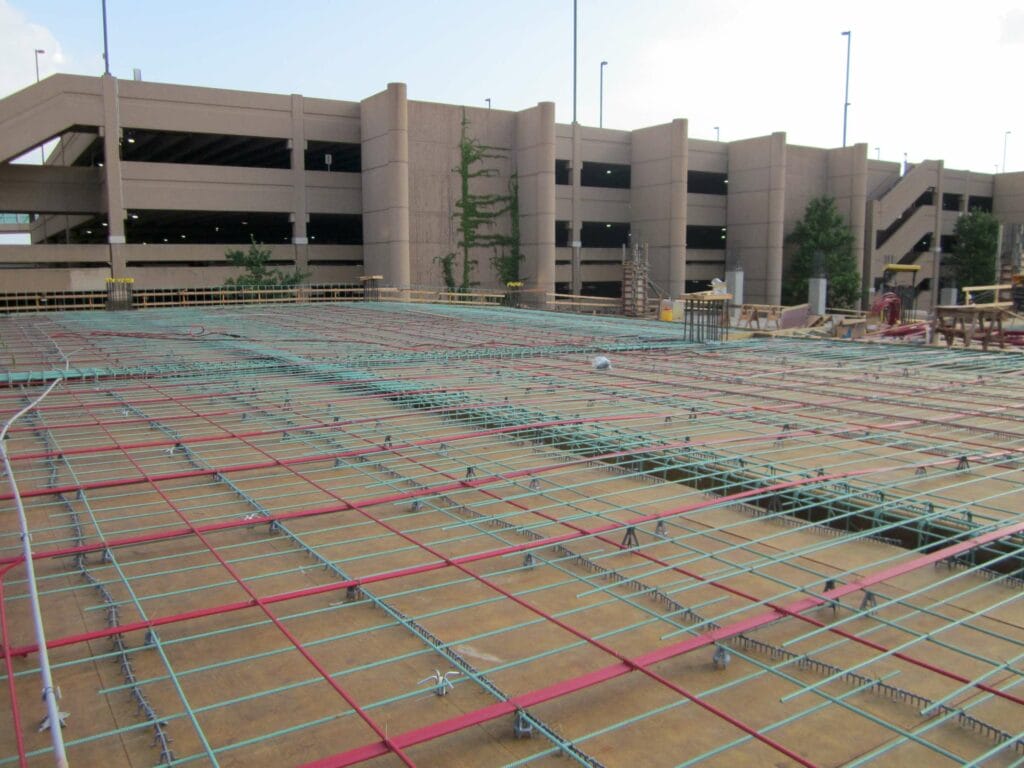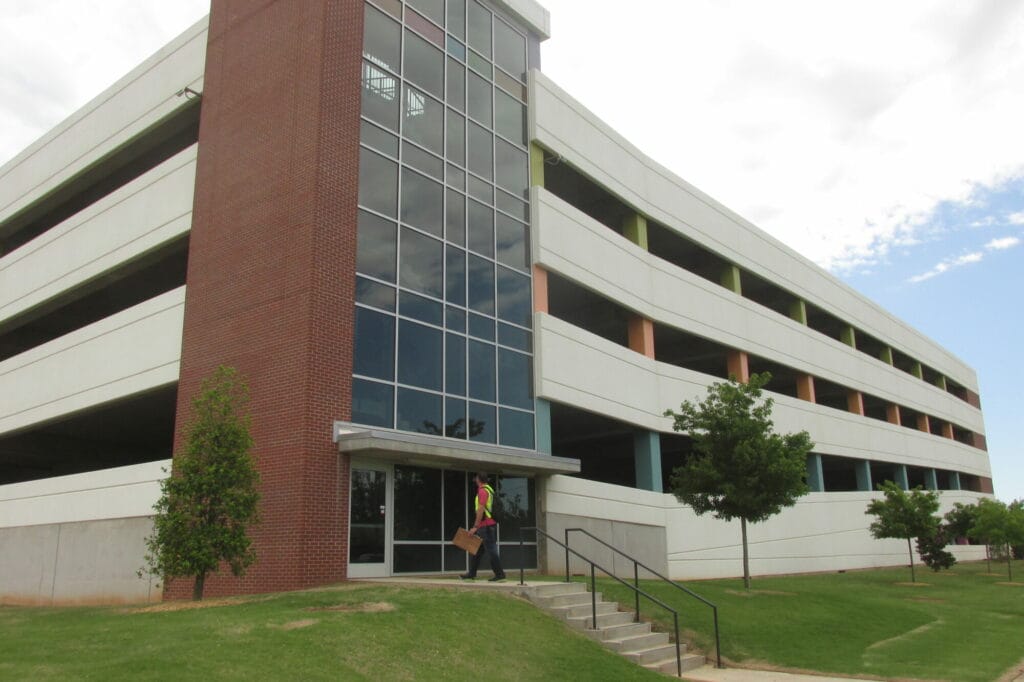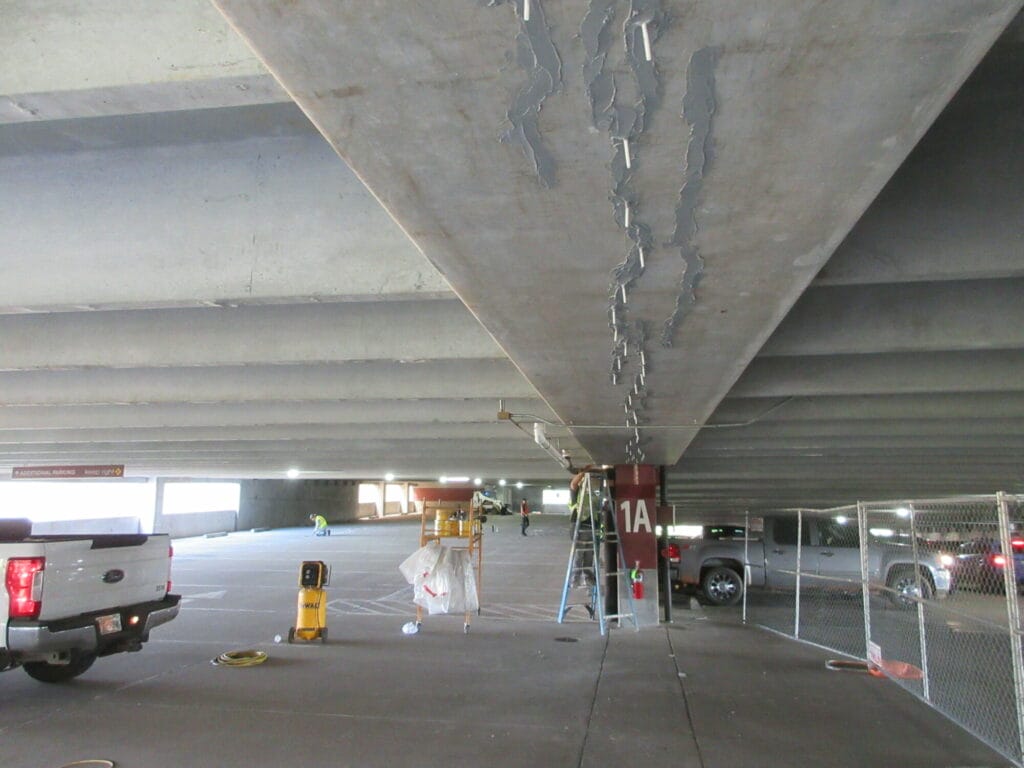Parking Garage
In the heart of Oklahoma City, ZFI Engineering is a mainstay in the design and rehabilitation of parking structures. Known for engineering multi-level garages that blend structural efficiency with iconic design, our comprehensive approach covers new constructions, detailed assessments of existing facilities, and targeted rehabilitation to address deterioration. We focus on all aspects of structural design and repair from cast-in-place, precast, and post-tensioned concrete to fiber-reinforced polymer (FRP) repairs and cathodic protection. At ZFI Engineering, we understand that parking solutions are more than just functional spaces; they are integral to the communities they serve and often provide revenue for their operators.
New/Addition Garage Design
Our expertise extends to a variety of structures, including post-tensioned, conventionally-reinforced, precast concrete, and steel structures. We specialize in vertical and horizontal additions and ensure every new project is a testament to innovative design.


Parking Garage Assessments
Deferred Maintenance
Short-term decisions can have long-term consequences. Deferred maintenance and repairs can escalate repair costs over time and negatively impact the viability of a parking structure.
Pre-Sale Condition
Possible Vertical Expansion
Explore opportunities to add levels to increase capacity and revenue without growing the facility’s footprint.
Parking Garage Rehabilitation
Extending the life of parking garages through expert assessments, recommendations, and implementation of fiber-reinforced polymer (FRP) reinforcement design, cathodic protection, and concrete repair drawings for all garage types.
Fiber Reinforced Polymer (FRP) Reinforcement Design
Utilizing FRP reinforcing to address capacity deficiencies and damage in various concrete beams, columns, and slabs.
Cathodic Protection
Concrete Repair Drawings
